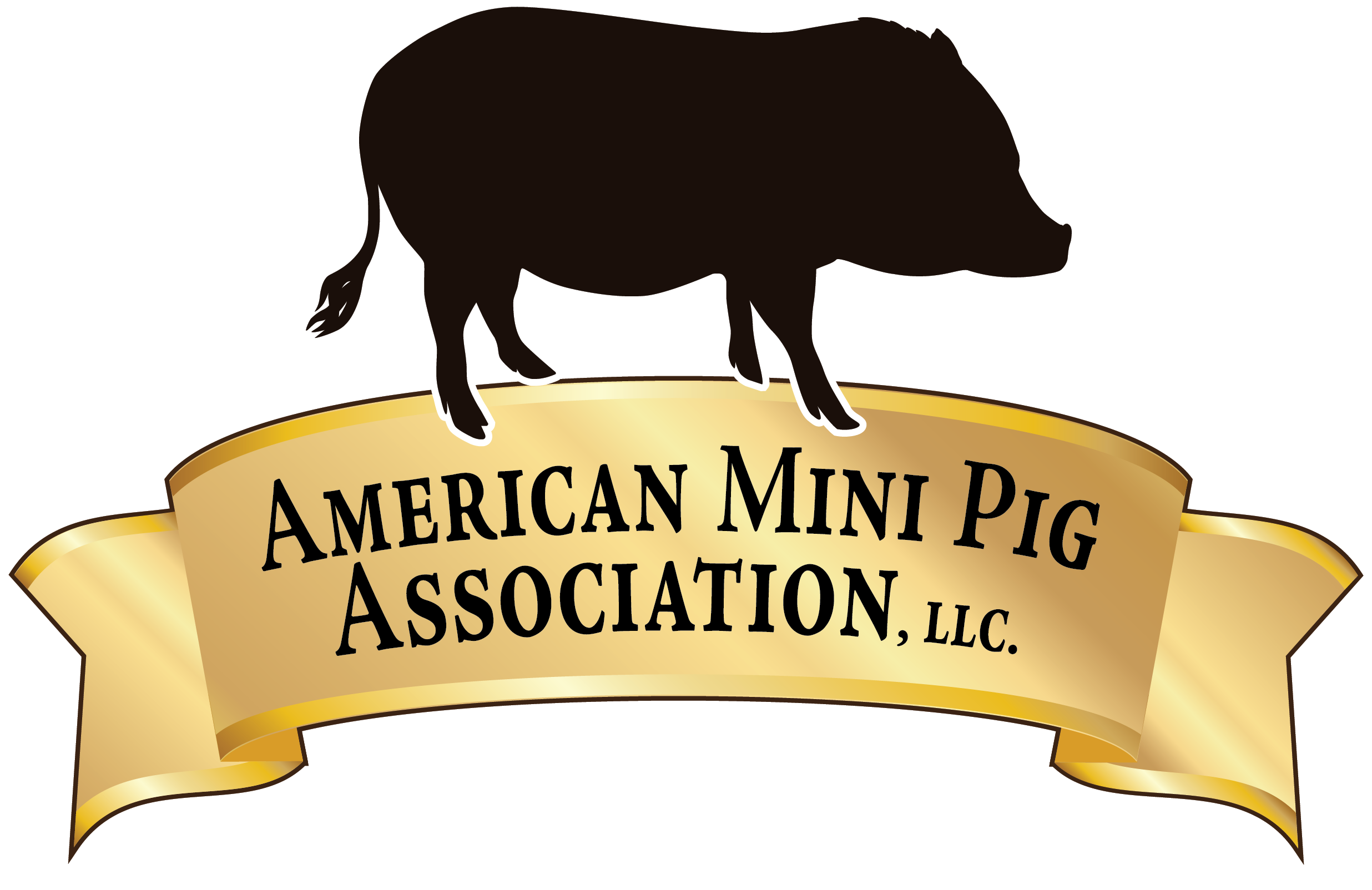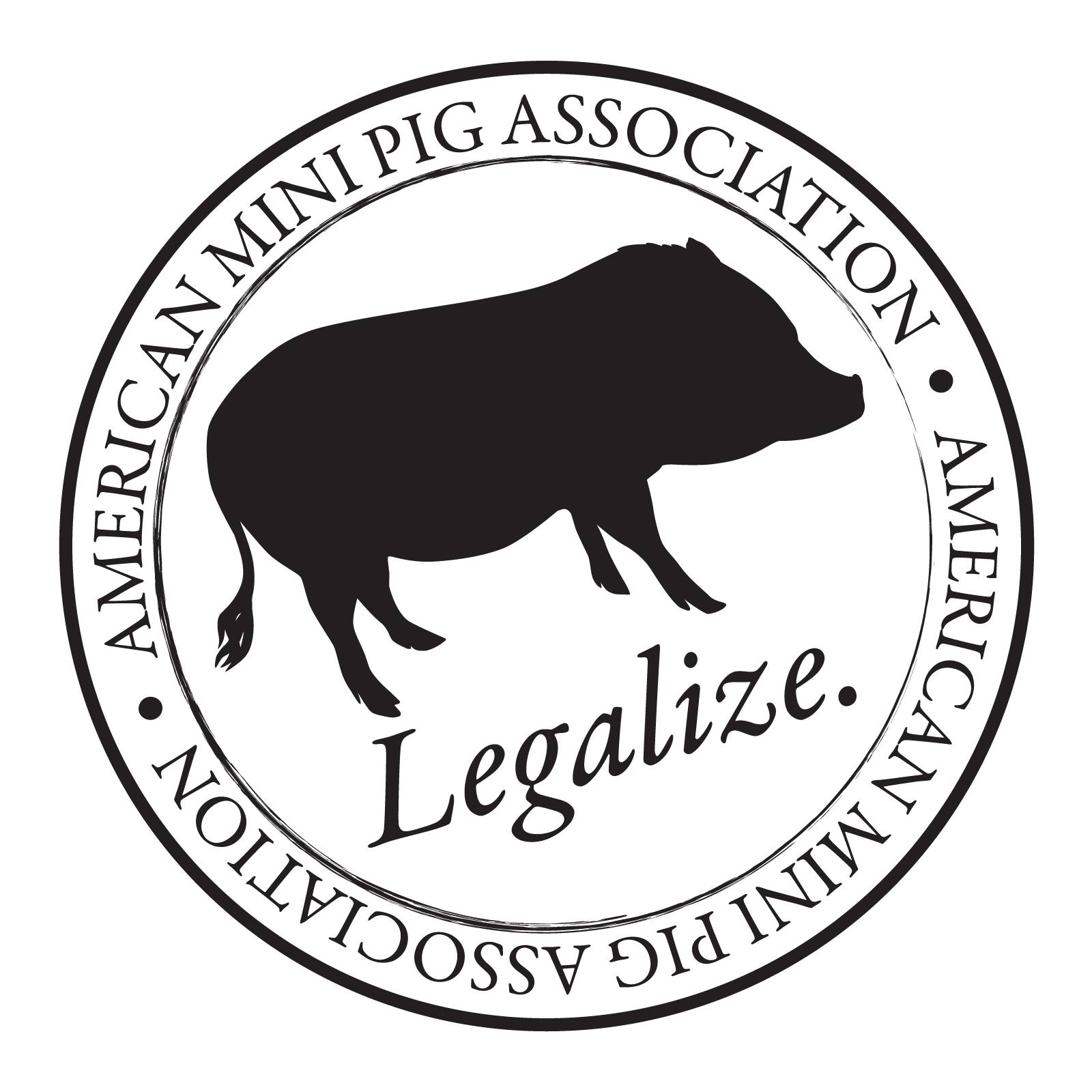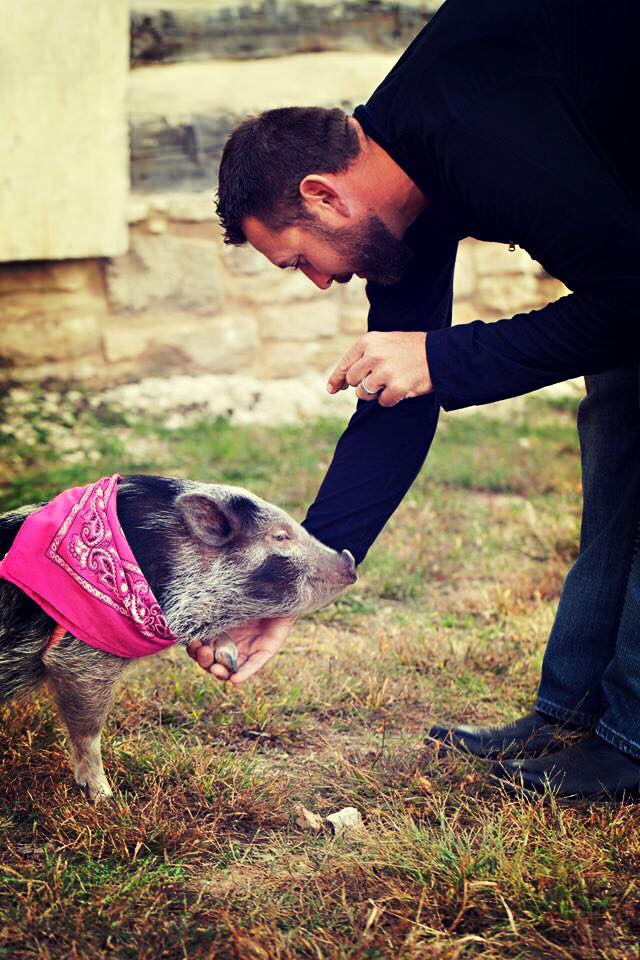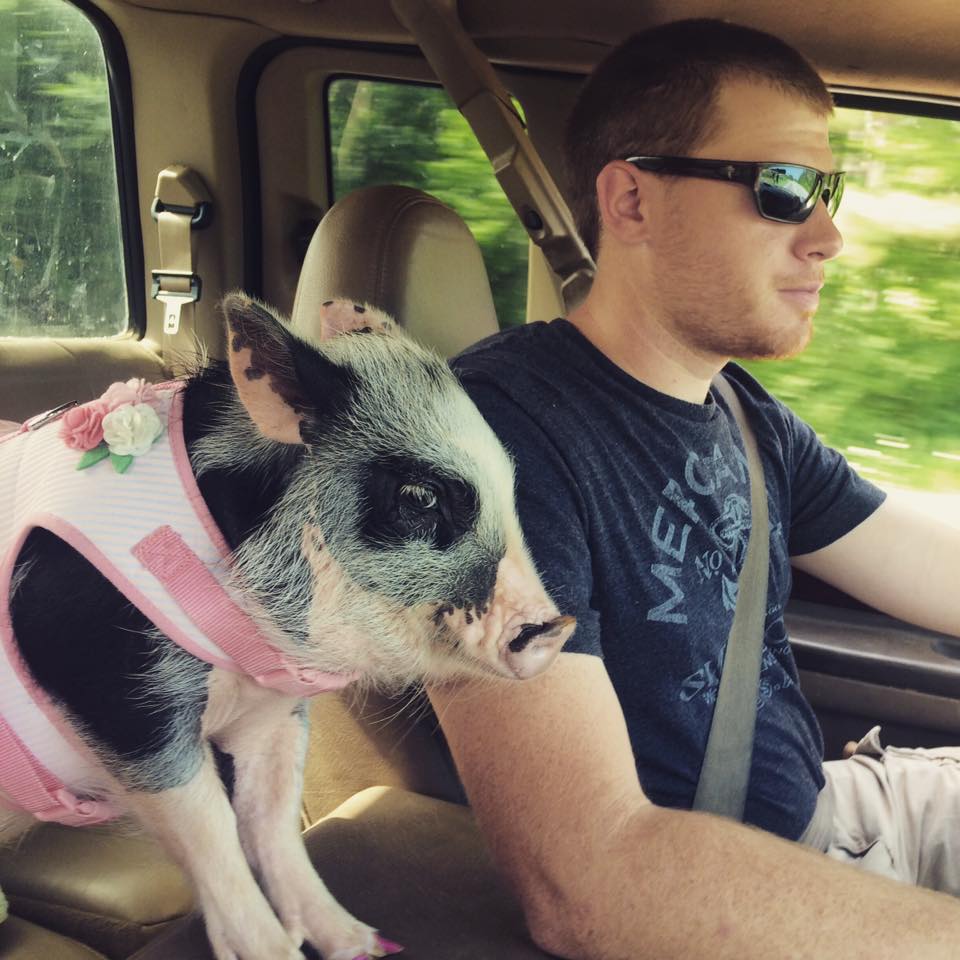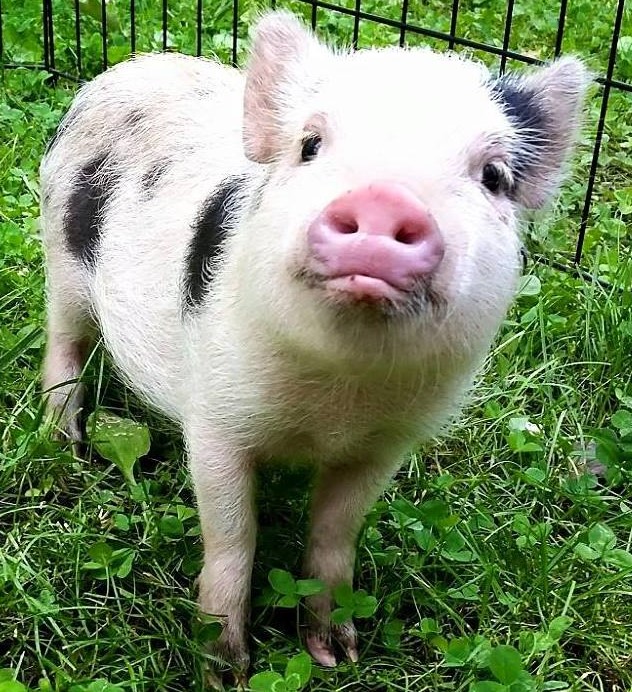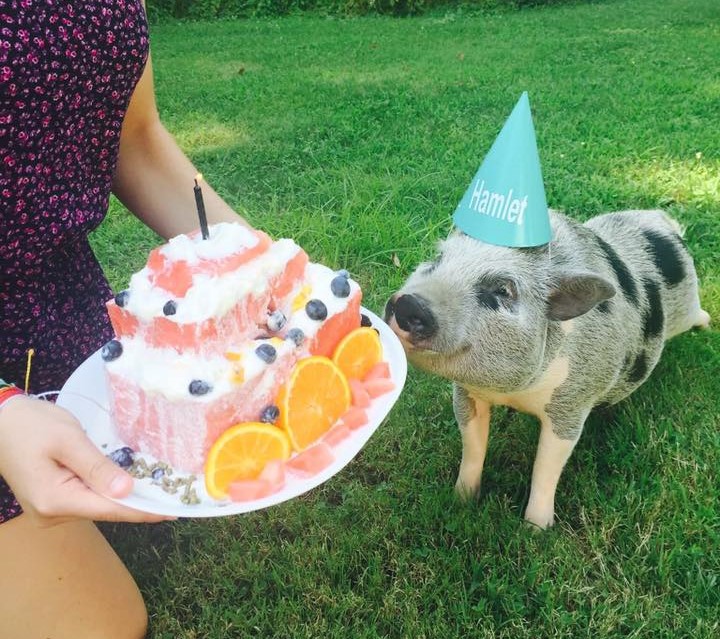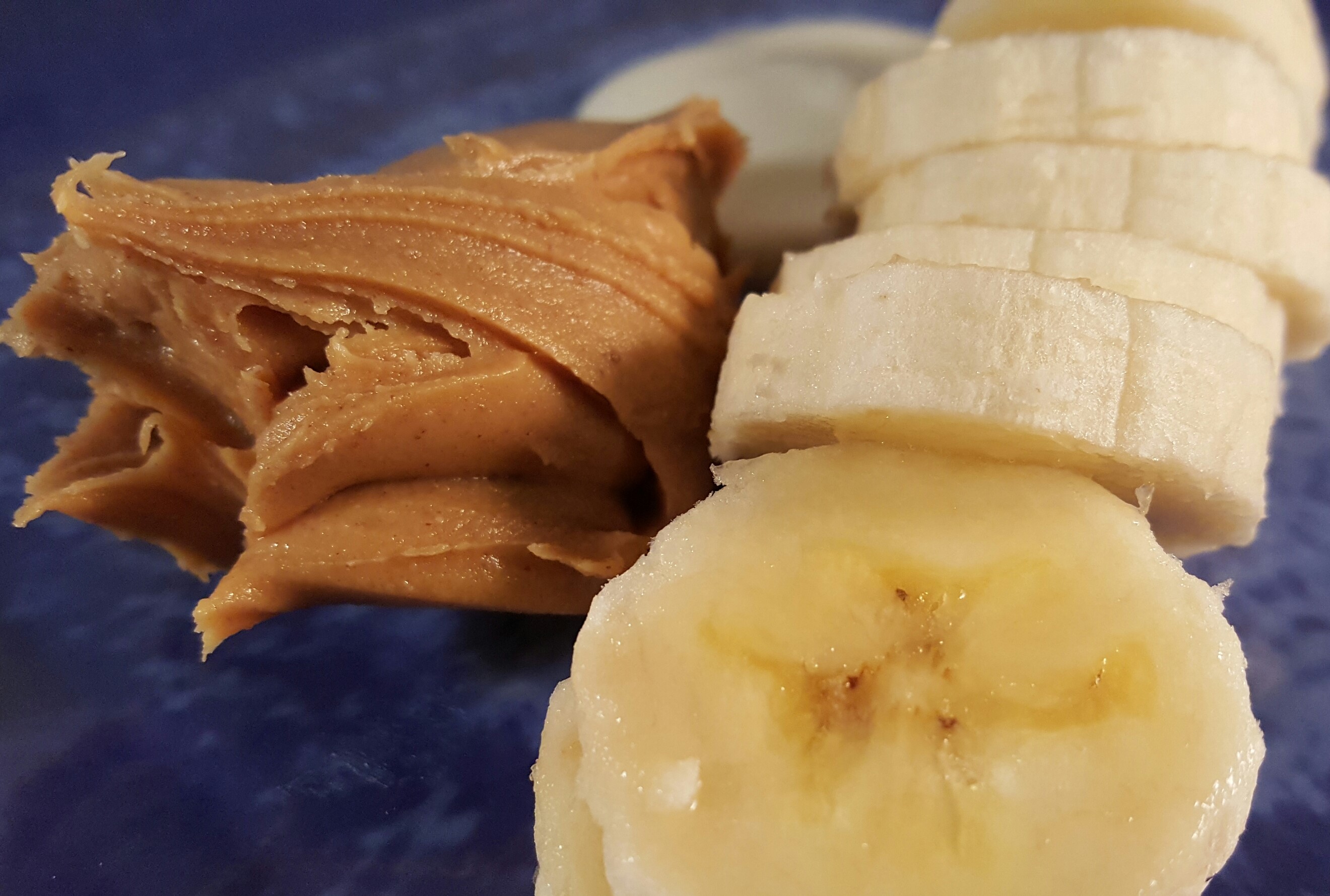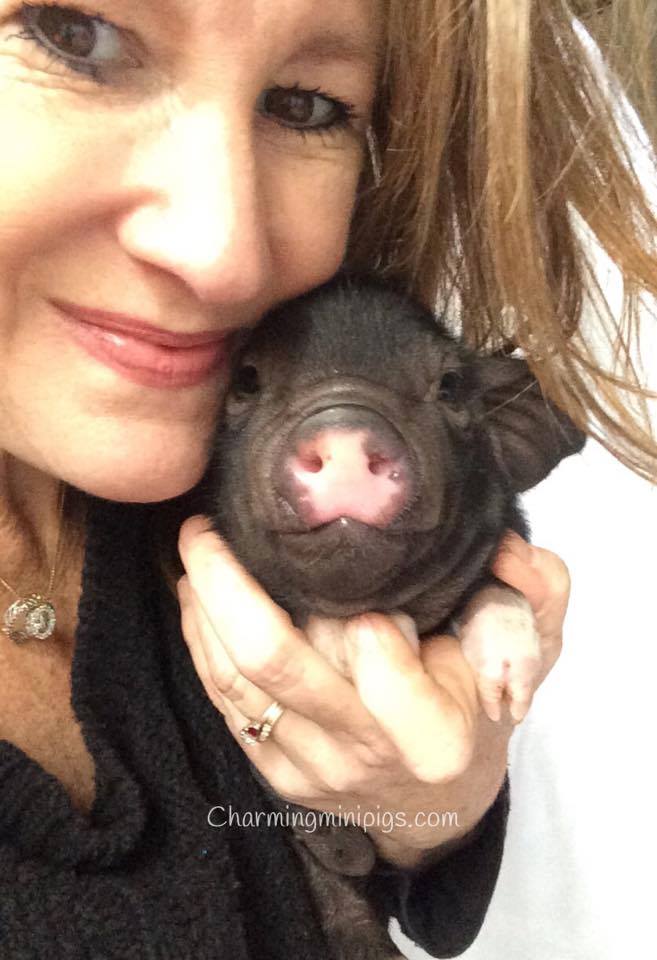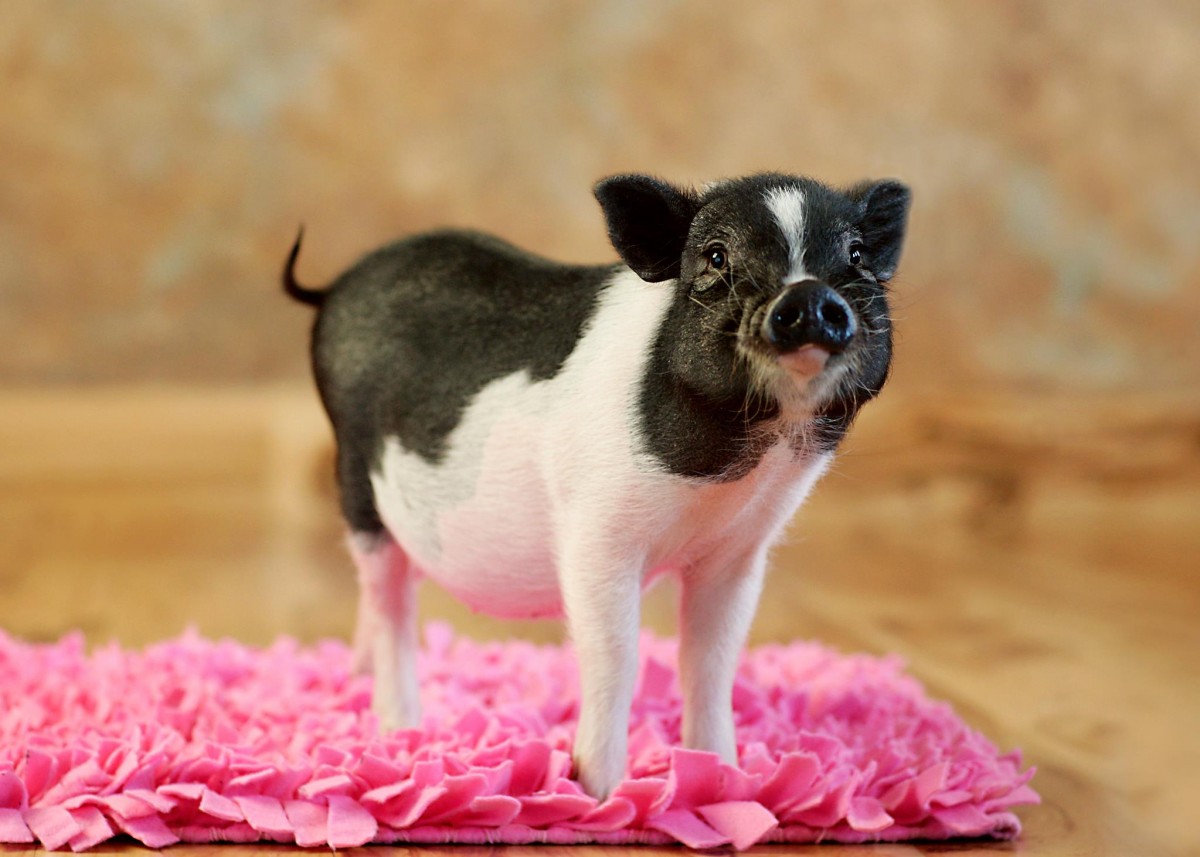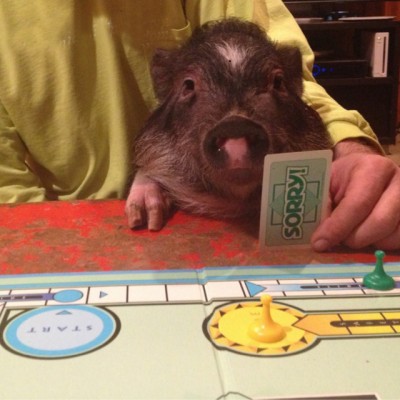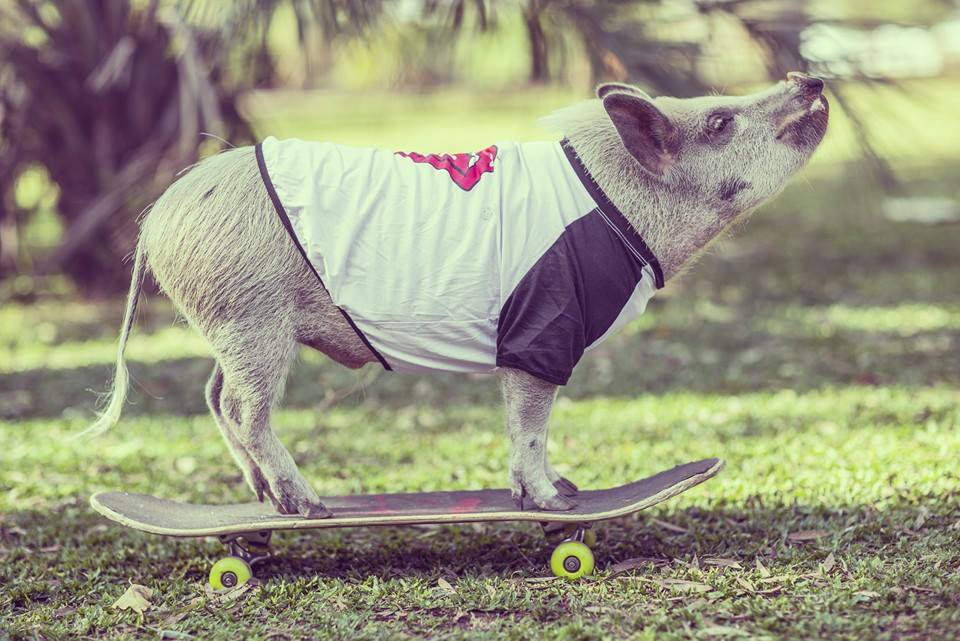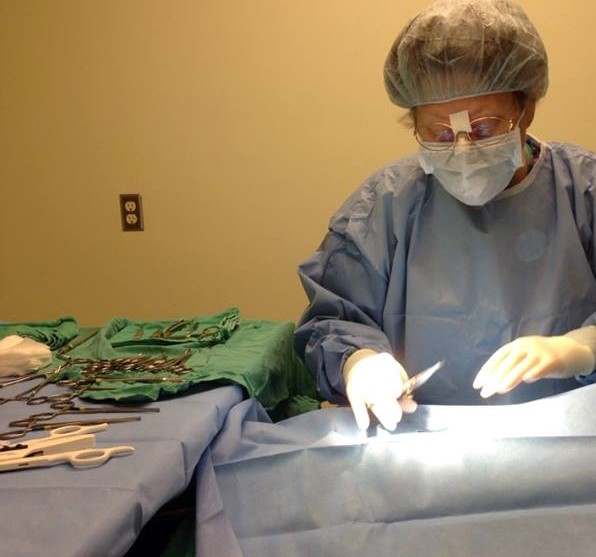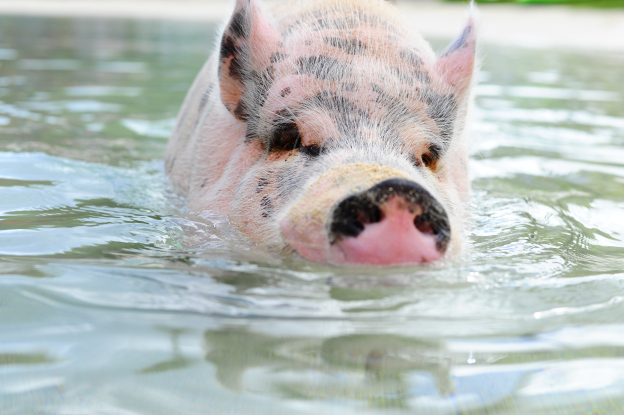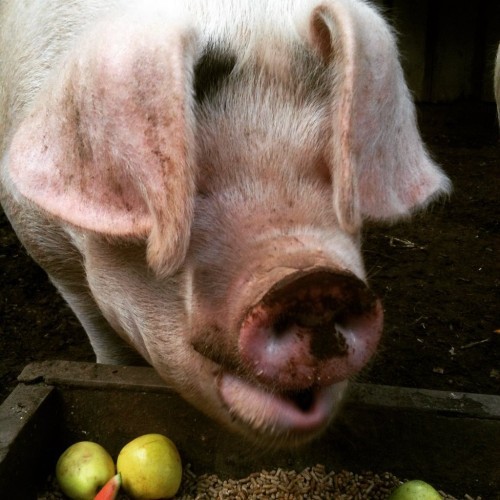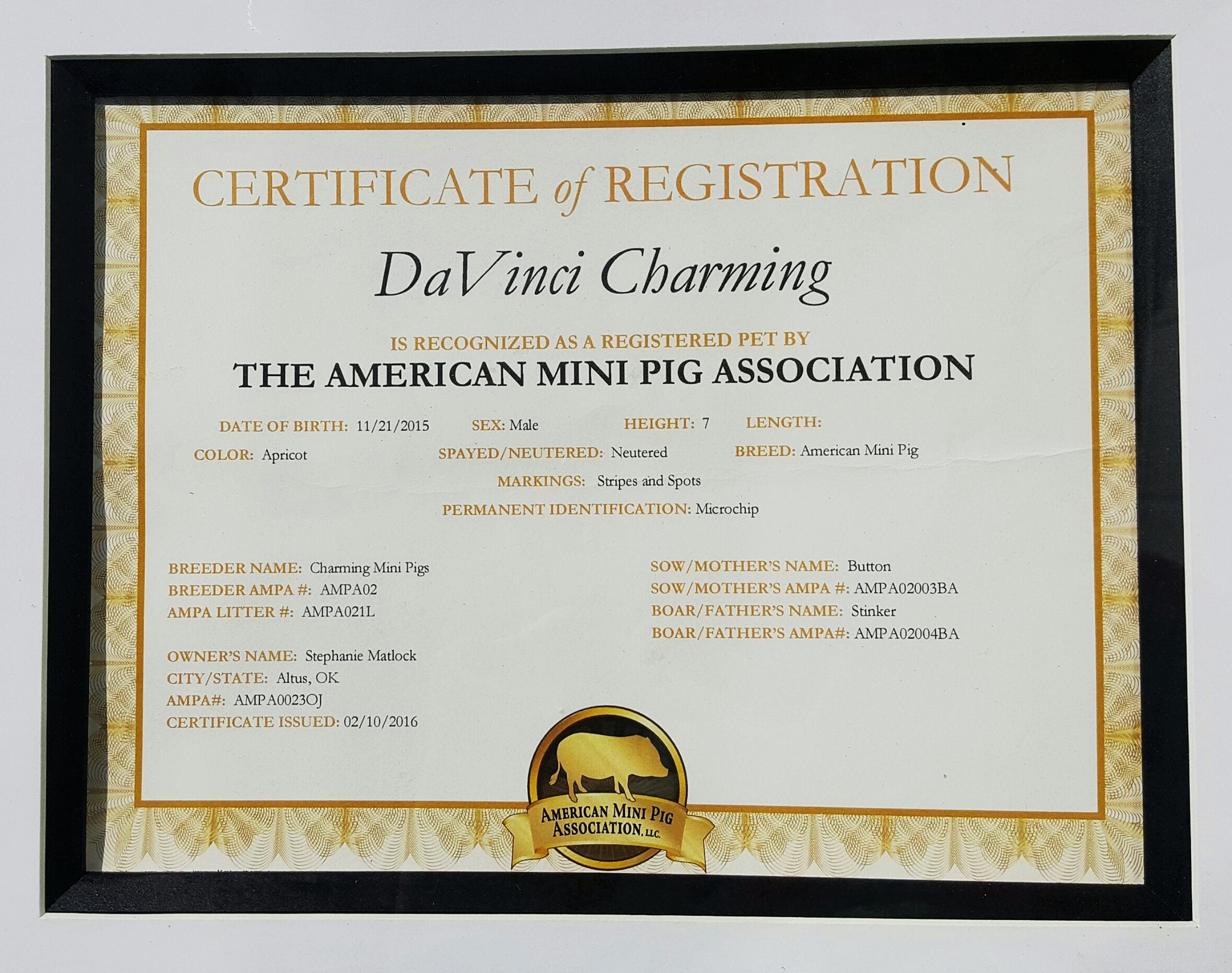Download the AMPA Mini Pig Zoning Packet
The Facts of Owning Pigs As Pets
Are you fighting your city’s zoning regulations to keep your pet pig? Are you looking to change the zoning ordinance of keeping pigs as pets before you buy a house in a city? Or are you looking to rent and need materials to show your landlord how acceptable mini pigs are as pets?
For the steps on changing a city or town ordinance to allow pet pigs, click here.
The American Mini Pig Association has compiled the following information and research to help you! Share this blog link
OR
Download the free 56 page AMPA Pet Mini Pig Zoning Packet to take with you to your meeting or email the attachment to your city council. This packet includes:
- Steps to change your city’s zoning ordinance
- Letter of Recommendation from the American Mini Pig Rescue
- Letter of Recommendation from the American Mini Pig Association
- 5 Letters of Recommendation from AMPA Registered Veterinarians
- FACTS of Owning Pigs As Pets
- Sample American Mini Pig Registered Pet Pig Certificate
- Federal Definitions of “livestock”
- Letter from USDA
- Letter from State of Pennsylvania Proclaiming Pigs as Pets
- Mini Pigs in the News
- City Ordinance Tips from the American Mini Pig Association
- 13 Example Ordinances from Cities Allowing Mini Pigs
- List of Cities Across the Nation that Allow Mini Pigs
- The History of Mini Pigs
Myth: Pigs are not pets
We beg to differ! Pigs have been pets since the 1980s. A rapidly growing number of owners across the United States, Canada, and beyond, claim their dedication to pet mini pigs. The numbers continue to spike as more families fall in love with the charms and challenges of these unique pets. Follow the American Mini Pig Association on Facebook or view the massive educational website dedicated to mini pigs as family pets.
The American Mini Pig advocates for responsible owner, breeder, rescue, and veterinary practices. Mini pigs are being registered as pets through the official AMPA registry.
Myth: Pigs will make us sick
Pet pigs present a very low zoonotic risk to humans. You are far more likely to get sick from your child’s classmates or a stranger at the grocery store than from a pet pig. Pigs living as pets are not exposed to the conditions and diseases of commercial farm hogs.
The CDC states: “Almost all influenza cases in humans are caused by human flu viruses, not viruses from swine.”
and
“At this time, there are three main flu viruses that circulate in U.S. pigs: H1N1, H1N2 and H3N2. These viruses do not usually infect people and are genetically different from the H1N1 and H3N2 viruses that commonly circulate in people.”
According to the North Carolina Swine Veterinary Group, even on commercial pig farms, people are more at risk from mechanical or electrical injury than microorganisms.
To further protect against zoonotic diseases, mini pigs should be vaccinated yearly against erysipelas and regularly dewormed with Ivermectin to prevent mange mites as recommended by the Merck Veterinary Manual. This is similar to the vaccine and parasite control routine that is standard for dogs, cats, and other pets. Some cities require a rabies vaccine in pet pigs as an added precaution.
Myth: Pigs are HUGE!
Mini pigs average in height from 12 to 18 inches tall at maturity. They are short and heavy. They are very similar in height to English Bulldogs or Cocker Spaniels. Mini pigs average 50-150 lbs in weight when full grown, very similar in weight to medium to large dogs but the pigs are much shorter in height than a dog with similar weight. A 70 pound mini pig will take up less space on the couch than his 70 pound Labrador Retriever brother!
Comparing pigs and dogs:
Mini Pigs
12 to 18 inches average
50 to 150 pounds average
English Mastiff dog
30 inches MINIMUM according to the Mastiff Club
343 pounds on record
Newfoundland dog
36 inches tall on record
260 pounds on record
Great Dane dog
44 inches tall on record
230 pounds on record
Neapolitan Mastiff dog
31 inches according to AKC Breed Standard
200 pounds according to Dog Breed Info
Irish Wolfhound dog
34 inches according to AKC Breed Standard
120+ pounds according to AKC Breed Standard
Saint Bernard
35 inches inches according to Dog Guide
357 pounds on record
While no one can guarantee the size of any animal, choosing an AMPA Registered Breeder will ensure pet owners are not deceived. These breeders have been pre-screened, proven measurements of the breeding pigs, and signed a Code of Ethics to ensure happy, healthy, socialized mini pigs. AMPA Registered Breeders will make sure your neighborhood doesn’t accidently end up with an Esther sized pig!
Myth: All pigs are the same
Pigs come in a variety of shapes and sizes, bred for different purposes. There are three distinctions of pigs: pets, livestock, and medical research.
Pet Mini Pigs are a miniature size of pig as recognized and registered by the American Mini Pig Association. These pigs are usually mixed with several breeds Juliana, Gottengin/Guttengin, African Pygmy, Yucatan Micro, Swedish White, and various mixes of these breeds. Mini pigs average in height from 12 to 18 inches and 50 to 150 pounds at maturity when they are 5 years old. Mini pigs are bred and sold as pets. Breeders focus on temprament, personality, size, and structural soundness avoiding genetic faults or aggression. These pigs are often used as Therapy Animals in hospitals, nursing homes and schools and as Emotional Support Animals (ESA) due to their intelligence and bonds with their owners/families. The purpose of these animals is to be family companions as pets.
Livestock are defined by Merriam-Webster as farm animals kept for use and profit. Pigs in terms of livestock are often referring to as “farm hogs” or “full size hogs”. Common livestock breeds of swine are Landrace, Yorkshire, Berkshire, Tamworth, Red Wattle, Large Black, Large White, Mulefoot, Duroc, Guinea Hog, and Old Spot. These animals are raised as a food source on a small or large scale, both at farms and commercial facilities. Livestock farm hogs will typically grow in excess of 700-1,000 pounds when allowed to mature. However, the vast majority of farm hogs are slaughtered by the time they reach 250 pounds around 6 months of age. The purpose of livestock pigs is financial profit through food production.
Medical research has long used swine in laboratories for medical advances to benefit human health care. According to the American College of Veterinary Pathologists, the most common miniature breeds available in the United States are the Hanford, Yucatan, Yucatan micro, Sinclair, and Göttingen (from largest to smallest). Swine have been an integral part of surgical training, pharmaceuticals and medicine development, testing the safety of medications, toxicology testing, organ transplantation, bioprosthetic organs, cardiovascular research, wound healing, burn victim treatments, and regenerative medicine. Swine have also been used in studies involving ulcers, cancers, diabetes, and alcoholism. Swine involved in medical research are bred, born, and raised in closed facilities that are highly regulated for genetic background and disease control. The purpose of medical research pigs is to further the scientific progress in health care for humans.
Resources:
American College of Veterinary Pathology
National Anti-Vivisection Society
Myth: Pigs are noisy
Pigs are animals and do make noise as they communicate, just as all animals and humans do. A well cared for pet pig will not cause any disruption to the neighborhood. Many pet pigs live happily in their home or in their yard with only soft grunting and quiet communications of contentment. If you’re lucky you’ll hear an oof oof or a funny bark if they get excited that sounds a lot like a dog! High volume obnoxious sounds are more connected to commercial farm settings with many, many large animals similar to a dog kennel or shelter. This is a completely different scenario than a single pet mini pig or single pet dog. A pet mini pig does not face the same challenges as a large scale commercial farm.
The noise of a pig can be compared to the noise of a dog, in that typically they are very quiet, but can raise their voice when they are hurt, scared, or lonely, and each is an individual with its own personality. Some dogs are very quiet and some are a regular nuisance to their neighbors.
A pig’s most extreme squeal can reach 110 decibels, which is a very short burst of panic noise. Similarly, a dog kennel of barking dogs can reach 100-108 decibels of nonstop barking, as referenced by Perdue. Some things commonly heard in a neighborhood that are louder than a pig’s brief squeal are circular saw, chain saw, and firecrackers, as referenced here.
Myth: Pigs stink and create too much waste
Mini pigs have no body odor when they are spayed and neutered. They have very few functioning sweat glands, instead relying on water or mud to cool them off. Most pet pigs enjoy a nice roll in a kiddy pool! That is, when they aren’t snoozing in front of the TV.
Intact boars (males that have not been neutered) do have a musky odor that is used to attract females. The American Mini Pig Association recommends all pet pigs be spayed or neutered before 6 months of age. A neutered pet pig will not have the odor of a boar.
All pets create waste, but pigs create fertilizer! Pig’s manure can be composted to feed the garden. Swine manure contains several essential plant nutrients giving a higher crop yield than inorganic fertilizers, as shown in this study.
All pet waste should be managed by owners. For pigs, picking up regularly and disposing of the waste or composting, there is no smell or odor.
Myth: Pigs are dangerous
Pigs are affectionate, intelligent, excellent communicators, and very much loved as family pets across the world. There is no reason to fear them. These small pigs are very similar in size to a bulldog. If a male mini pig grows tusks past the lip line, these can be easily trimmed by a veterinarian as described by the Merck Veterinary Manual.
Statistics vary by locality, but residents are far more likely to be bitten by a dog or cat in the neighborhood than a pet pig.
To reduce any concern, zoning regulations may include requirements for pet pigs to be spayed, neutered, microchipped with a permanent identification, vaccinated against rabies, and contained in a fence or on a leash.
Myth: Property values will decrease
There is absolutely no evidence that property values will decrease by having a pet pig in the community. On the contrary, mini pigs tend to bring a lot of positive attention, sometimes even media coverage! These special pets are opening the eyes of people everywhere.
Meet Skooter, the Mini Pig Hero that saved his little boys life by alerting his mom to an incident in the bathtub that left the boy nearly unconscious.
Meet Pearl the Mini Pig Hero that teaches children responsibility at school.
Meet Bacon Bit the Mini Pig Hero that detects seizures.
Meet Addy the Mini Pig Hero that visits nursing homes.
Meet Hamlet the Mini Pig Hero that brings joy to the Human Department of Children Services.
Myth: Pigs are fed garbage or waste scraps
Mini pigs are considered family pets with all the comforts and care that other family pets are given, including top notch nutrition and sanitary care.
Mazuri and other companies have formulated a complete pelleted diet to meet the specific needs of mini pigs. In addition to their pellets, mini pigs often enjoy a daily salad of fruits and vegetables along with a few healthy snacks or treats such as popcorn, cheerios, or raisins.
Mini pigs should NEVER be fed garbage or waste scraps. While this *may* be the case with some farmers that raise large hogs for slaughter, they do this to grow the hog to market size as cost effectively as possible. Mini pig families are not raising pigs to slaughter and they are not looking to cut cost. Pet pigs are family and often claimed to “eat better” than their humans! Many pet pig owners go to great lengths to feed their pigs a fresh assortment of organic vegetables and whole, fresh foods. Learn more about Mazuri mini pig food here.
Myth: Pigs cannot live indoors
Mini pigs are very happy to live indoor/outdoor just like the family dog, as stated by the Merck Veterinary Manual. If pigs are housed outside, they should be given proper fencing and protection from the elements as addressed in the American Mini Pig Association Owner Code of Ethics.
Mini pigs can be trained to use a litter box like a cat, or to go outside into the yard to use the bathroom just like the family’s dog. Read more about potty training pet pigs.
Myth: Pigs are dumb livestock
Mini pigs are highly intelligent companion pets. Classifying a pet mini pig as livestock would be similar to classifying a child’s pet bunny as livestock because they are commonly raised in rabbitries in the meat/fur industry and shown at livestock shows. Mini pigs are raised and treated as family pets. There is no correlation to the livestock swine industry. Penn State classify rabbits as livestock, here, while stating “Rabbit farming has grown from raising a few rabbits for family consumption to large commercial operations with hundreds of rabbits. Investment in a rabbitry, including breeding stock, can be quite modest.” Yet, this classification does not stop families from owning a rabbit as a family pet.
Mini pigs are so smart they learn to move levers and switches to get food and water. They have high level social cognitive abilities and self-awareness. Furthermore, pigs have shown a variety of emotions and feelings as shown by the Humane Society.
Mini pigs have been certified nationwide by the 501c3 nonprofit organization Pet Partners alongside dogs as Animal Assisted Therapy volunteers. This certification requires the right temperament and plenty of training. These mini pigs and their handlers are invited to hospitals, schools, nursing homes and other community centers to provide therapy to the residents. Mini pigs are also used as Emotional Support Animals to comfort their owners with emotional disorders. www.petpartners.org
The American Mini Pig Association offers a therapy pet certification program. The AMPA training course information can be found here.
Meet Skooter, the Mini Pig Hero that saved his little boys life by alerting his mom to an incident in the bathtub that left the boy nearly unconscious.
Meet Pearl the Mini Pig Hero that teaches children responsibility at school.
Meet Bacon Bit the Mini Pig Hero that detects seizures.
Meet Addy the Mini Pig Hero that visits nursing homes.
Meet Hamlet the Mini Pig Hero that brings joy to the Human Department of Children Services.
Mini pigs have been trained to:
- Sit
- Stay
- Spin
- Bow or Curtsy
- Crawl
- Back up
- Take treats gently
- Clicker train
- Walk on a harness
- Relax for hoof trims
- Come to their name
- No
- Out or leave it
- Shake hands
- Wave
- Push a ball
- Pick up objects
- Paint
- Solve puzzles
- Honk a bike horn
- Play a piano
- Play guitar
- Kiss
- Obstacle course
- Swim
- Ride a skateboard
- Ring a bell to go potty outside
- Unroll the red carpet
- Step up onto an object
- Jump through a hula hoop
- Use a doggy door
- Run through a tunnel
- Use stairs
- Walk up a ramp
- Understand sign language
- Distinguish colors
- Distinguish shapes
- Walk on a teeter totter
- Weave through poles
- Figure 8 through legs
- & Lots more!
Pigs as pets sound great! What’s next?
While the American Mini Pig Association stands behind pigs being zoned as pets, we also advocate responsible pet ownership. The following are sometimes included in city ordinances to ensure pet pigs are properly cared for.
- Routine veterinary care, including vaccines (erysipelas and rabies) and regular parasite control (Ivermectin)
- Pet pigs should have a microchip as permanent identification
- Pet pigs should be spayed or neutered
- Pet pigs should have a fenced in yard or be on leash when outside
- If housed outside, pet pigs need proper protection from the weather as described in the Merck Veterinary Manual
- Learn more about responsible pet pig ownership at the American Mini Pig Association’s Owners Code of Ethics
www.AmericanMiniPigAssociation.com

